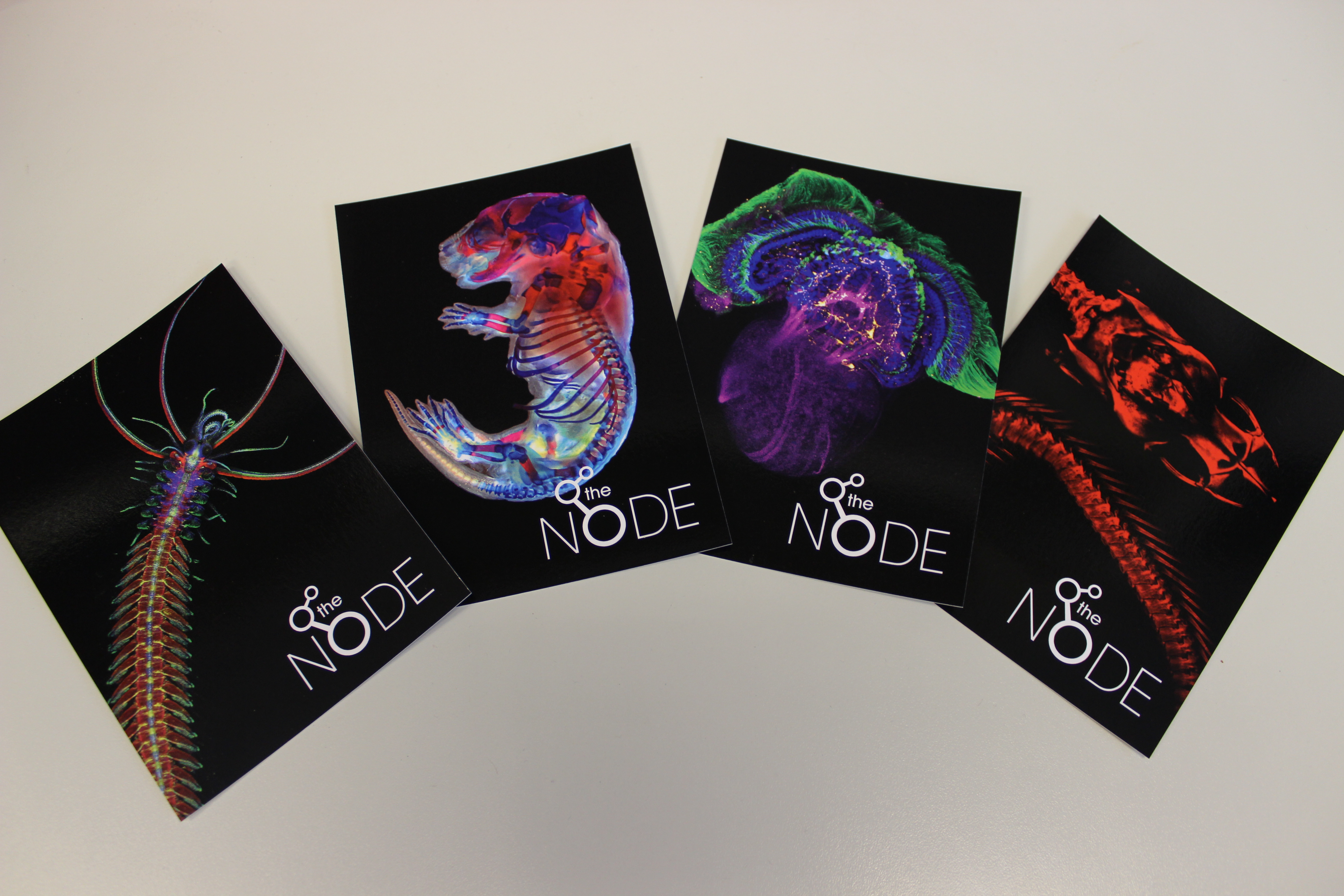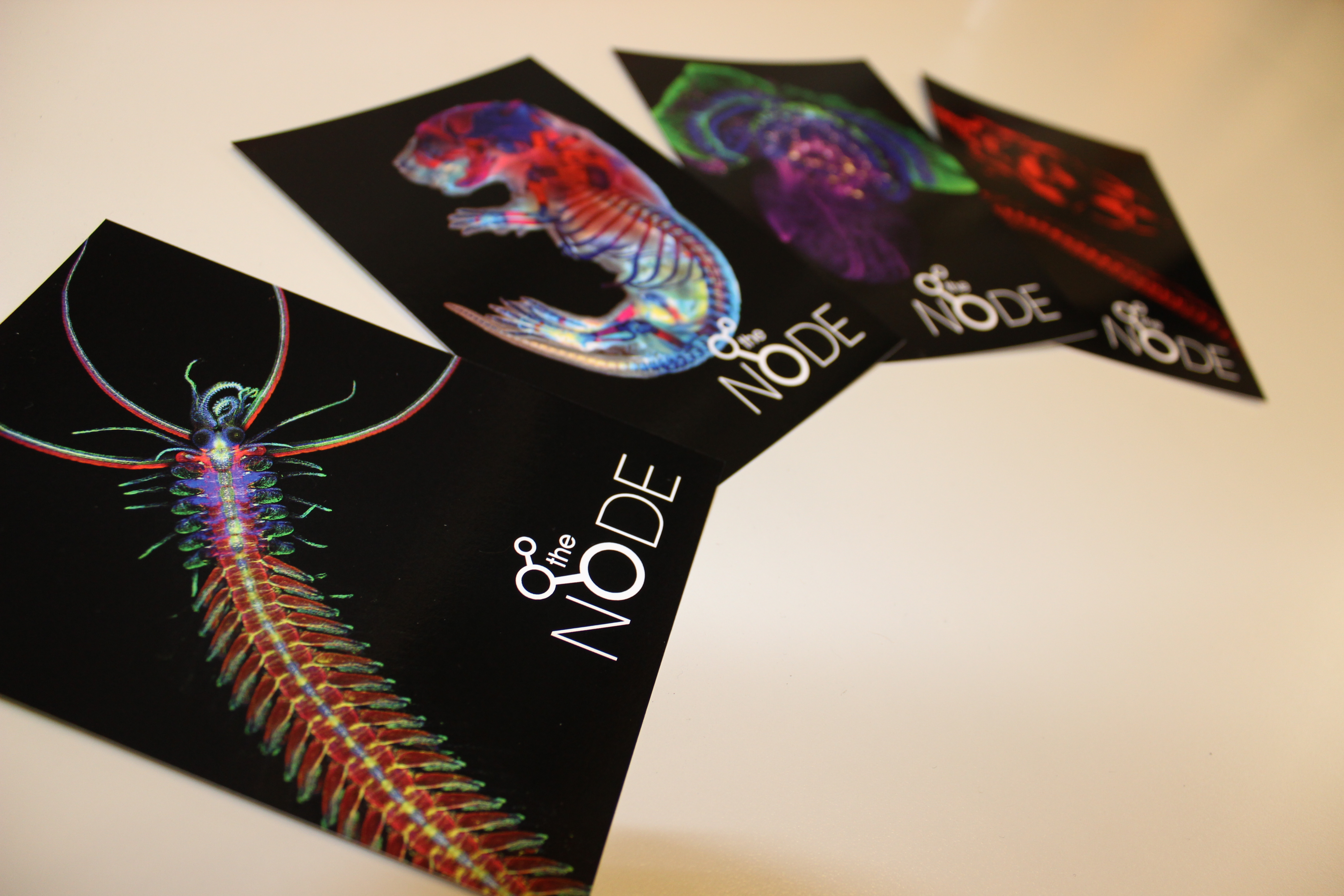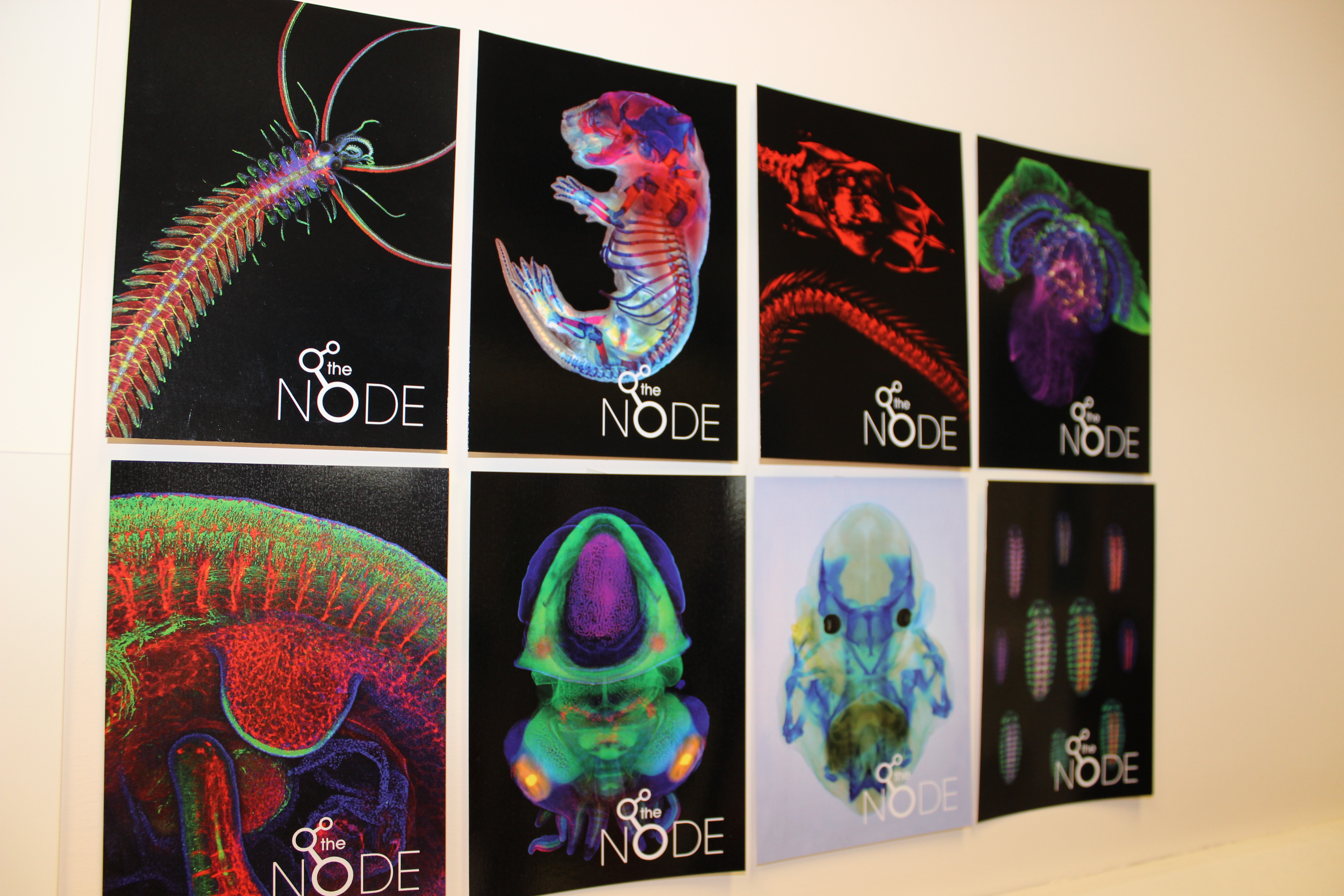A mechanism that allows a differentiated cell to reactivate as a stem cell revealed
Posted by IRBBarcelona, on 29 October 2014
The study, performed with fruit flies, describes a gene that determines whether a specialized cell conserves the capacity to become a stem cell again.
Unveiling the genetic traits that favour the retention of stem cell properties is crucial for regenerative medicine.
Published in Cell Reports, the article is the fruit of collaboration between researchers at IRB Barcelona and CSIC.
One kind of stem cell, those referred to as ‘facultative’, form part—together with other cells—of tissues and organs. There is apparently nothing that differentiates these cells from the others. However, they have a very special characteristic, namely they retain the capacity to become stem cells again. This phenomenon is something that happens in the liver, an organ that hosts cells that stimulate tissue growth, thus allowing the regeneration of the organ in the case of a transplant. Knowledge of the underlying mechanism that allows these cells to retain this capacity is a key issue in regenerative medicine.
Headed by Jordi Casanova, research professor at the Instituto de Biología Molecular de Barcelona (IBMB) of the CSIC and at IRB Barcelona, and by Xavier Franch-Marro, CSIC tenured scientist at the Instituto de Biología Evolutiva (CSIC-UPF), a study published in the journal Cell Reports reveals a mechanism that could explain this capacity. Working with larval tracheal cells of Drosophila melanogaster, these authors report that the key feature of these cells is that they have not entered the endocycle, a modified cell cycle through which a cell reproduces its genome several times without dividing.
“The function of endocycle in living organisms is not fully understood,” comments Xavier Franch-Marro. “One of the theories is that endoreplication contributes to enlarge the cell and confers the production of high amounts of protein”. This is the case of almost all larval cells of Drosophila.
The scientists have observed that the cells that enter the endocycle lose the capacity to reactivate as stem cells. “The endocycle is linked to an irreversible change of gene expression in the cell,” explains Jordi Casanova, “We have seen that inhibition of endocycle entry confers the cells the capacity to reactivate as stem cells”.
Cell entry into the endocycle is associated with the expression of the Fzr gene. The researchers have found that inhibition of this gene prevents this entry, which in turn leads to the conversion of the cell into an adult progenitor that retains the capacity to reactivate as a stem cell. Therefore, this gene acts as a switch that determines whether a cell will enter mitosis (the normal division of a cell) or the endocycle, the latter triggering a totally different genetic program with a distinct outcome regarding the capacity of a cell to reactivate as a stem cell.
The first co-authors of the study are postdoctoral fellows Nareg J.-V. Djabrayan, at IRB Barcelona, and Josefa Cruz, at the Instituto de Biología Evolutiva (CSIC-UPF).
Reference article:
Specification of Differentiated Adult Progenitors via Inhibition of Endocycle Entry in the Drosophila Trachea
Nareg J.-V. Djabrayan, Josefa Cruz, Cristina de Miguel, Xavier Franch-Marro, Jordi Casanova
Cell Reports (2014) DOI: http://dx.doi.org/10.1016/j.celrep.2014.09.043
This article was first published on the 29th of October 2014 in the news section of the IRB Barcelona website


 (2 votes)
(2 votes)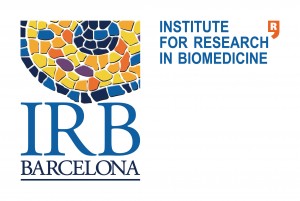
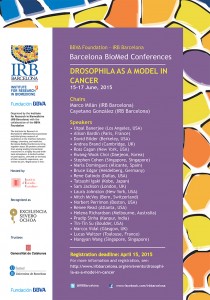
 (No Ratings Yet)
(No Ratings Yet)


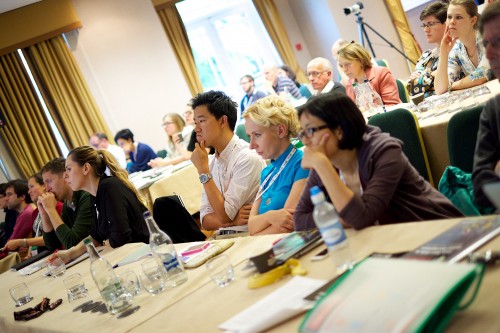
 The widely accepted model of angiogenic sprouting proposes that a single cell – the tip cell – is found at the leading edge of vessel sprouts. Now, Victoria Bautch and colleagues describe an alternative blood vessel topology in which multiple endothelial cells (ECs) constitute the tip of sprouting blood vessels and polarize to promote lumen formation (p.
The widely accepted model of angiogenic sprouting proposes that a single cell – the tip cell – is found at the leading edge of vessel sprouts. Now, Victoria Bautch and colleagues describe an alternative blood vessel topology in which multiple endothelial cells (ECs) constitute the tip of sprouting blood vessels and polarize to promote lumen formation (p.  Development of the Drosophila tracheal system – the fly respiratory network – is known to require the chitin deacetylase serpentine (Serp), which is expressed in tracheal epithelial cells. Here, Shigeo Hayashi and co-workers show that Serp derived from the Drosophila fat body, which is functionally equivalent to the mammalian liver, is transported to the tracheal lumen and is required for tube morphogenesis (p.
Development of the Drosophila tracheal system – the fly respiratory network – is known to require the chitin deacetylase serpentine (Serp), which is expressed in tracheal epithelial cells. Here, Shigeo Hayashi and co-workers show that Serp derived from the Drosophila fat body, which is functionally equivalent to the mammalian liver, is transported to the tracheal lumen and is required for tube morphogenesis (p.  The cerebral hemispheres are connected by the largest axonal tract in the mammalian brain: the corpus callosum (CC). During CC development, axons from one hemisphere navigate across the midline, channelled along their way by guidepost cells that secrete guidance cues, to reach specific targets on the other hemisphere. Neurofibromatosis type 2 (Nf2/Merlin) mouse mutants show a complete absence of the CC but how Nf2, a signalling protein involved in various cellular processes and signalling pathways, controls axonal pathfinding is currently unclear. Using Nf2-conditional knockout mouse models, Xinwei Cao and colleagues show that, surprisingly, Nf2 is not required in callosal neurons or their progenitors but is required in midline neural progenitors that generate guidepost cells (see p.
The cerebral hemispheres are connected by the largest axonal tract in the mammalian brain: the corpus callosum (CC). During CC development, axons from one hemisphere navigate across the midline, channelled along their way by guidepost cells that secrete guidance cues, to reach specific targets on the other hemisphere. Neurofibromatosis type 2 (Nf2/Merlin) mouse mutants show a complete absence of the CC but how Nf2, a signalling protein involved in various cellular processes and signalling pathways, controls axonal pathfinding is currently unclear. Using Nf2-conditional knockout mouse models, Xinwei Cao and colleagues show that, surprisingly, Nf2 is not required in callosal neurons or their progenitors but is required in midline neural progenitors that generate guidepost cells (see p.  During a heart beat, an electrical impulse leads to the contraction of the upper part of the heart: the atria. The electrical impulse slows down through the atrioventricular junction (AVJ) before resuming rapid propagation to induce contraction of the lower part of the heart: the ventricles. This contraction delay, combined with the presence of cardiac valves, is crucial for unidirectional blood flow in the heart and is altered in various heart diseases. How is this slow conducting property established and restricted to the AVJ? On p.
During a heart beat, an electrical impulse leads to the contraction of the upper part of the heart: the atria. The electrical impulse slows down through the atrioventricular junction (AVJ) before resuming rapid propagation to induce contraction of the lower part of the heart: the ventricles. This contraction delay, combined with the presence of cardiac valves, is crucial for unidirectional blood flow in the heart and is altered in various heart diseases. How is this slow conducting property established and restricted to the AVJ? On p. The cerebellum is a pre-eminent model for the study of neurogenesis and circuit assembly.
The cerebellum is a pre-eminent model for the study of neurogenesis and circuit assembly. 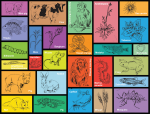 Recent advances in the targeted modification of eukaryotic genomes have unlocked a new era of genome engineering. From pioneering work using zinc-finger nucleases, to the advent of TALEN and CRISPR/Cas9 systems, we now possess the ability to analyze developmental processes using sophisticated genetic tools. Here, Stephen Ekker and colleagues summarize the common approaches and applications of these still-evolving tools. See the Review on p.
Recent advances in the targeted modification of eukaryotic genomes have unlocked a new era of genome engineering. From pioneering work using zinc-finger nucleases, to the advent of TALEN and CRISPR/Cas9 systems, we now possess the ability to analyze developmental processes using sophisticated genetic tools. Here, Stephen Ekker and colleagues summarize the common approaches and applications of these still-evolving tools. See the Review on p. 